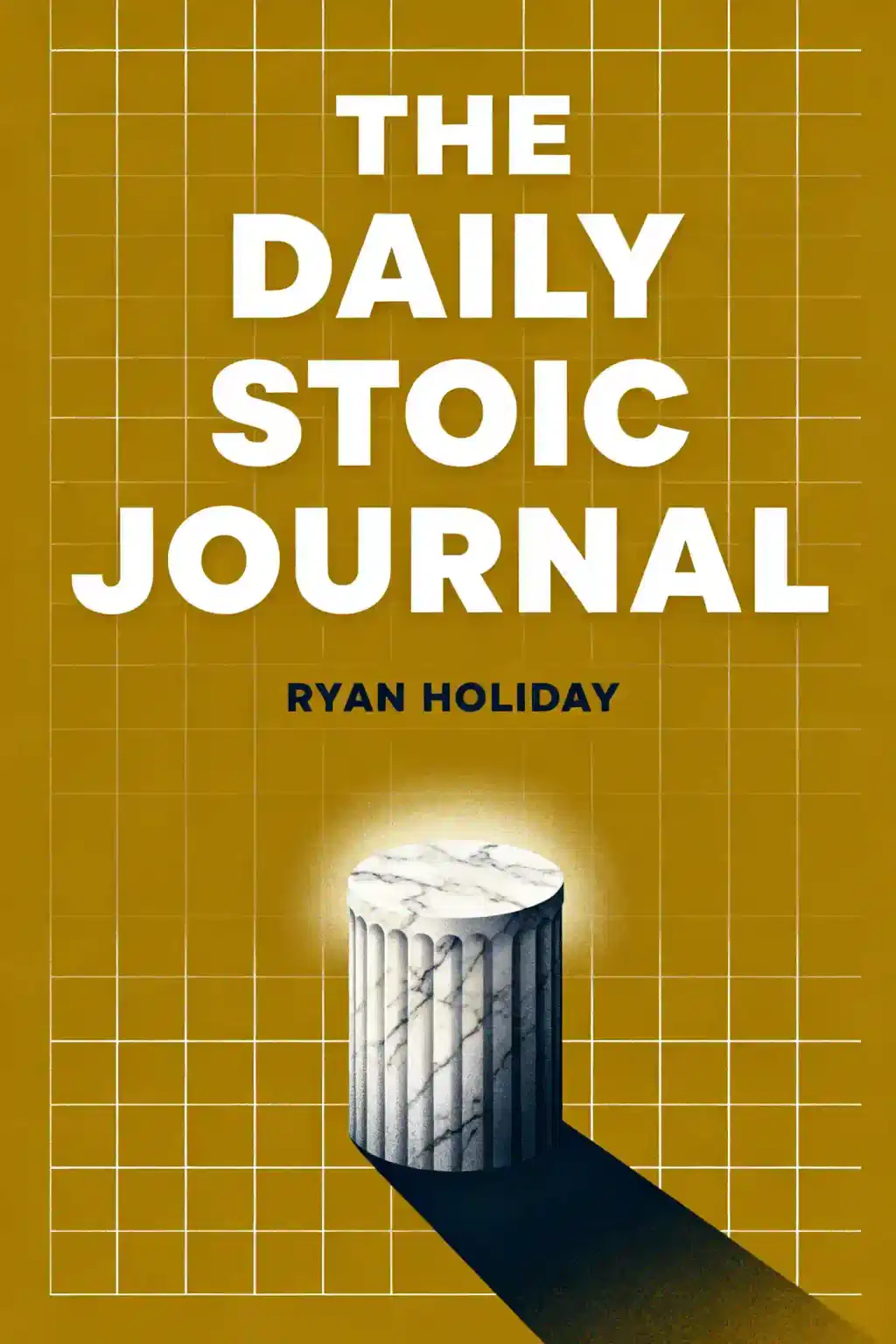
The Pivot Year by Brianna Wiest Summary
Overview of The Pivot Year
"The Pivot Year" offers 365 daily meditations to transform your life, bridging who you are with who you want to become. Featured in Yoga Journal's "Best Yoga Books of 2023," this 4.15-star Goodreads gem asks: What if your greatest transformation requires just one pivotal year?
Similar books to The Pivot Year
Feel the book through the author's voice
Turn knowledge into engaging, example-rich insights
Capture key ideas in a flash for fast learning
Enjoy the book in a fun and engaging way
Key takeaways
Life's Turning Points: When Everything Changes
Have you ever felt that strange mix of anticipation and fear when standing at life's crossroads? That's exactly what "The Pivot Year" explores-those transformative periods when everything seems uncertain yet filled with possibility. This isn't just another self-help book gathering dust on your shelf. It's become a cultural phenomenon precisely because it meets you exactly where you are, speaking directly to that part of you that knows change is coming. The wisdom within these pages feels almost eerily personal, as if written specifically for your current situation, which explains why everyone from everyday readers to celebrities like Emma Watson have found themselves deeply moved by its insights.
The Power of Not Knowing
Following Your Inner Voice
Finding Joy in Small Moments
Recognizing Life's Redirections
The Courage to Let Go
Becoming Your Authentic Self
Quick Summary Mode - Read or listen to The Pivot Year Summary in 8 Minutes
Break down key ideas from The Pivot Year into bite-sized takeaways to understand how innovative teams create, collaborate, and grow.
Flash Card Mode - Top 10 Insights from The Pivot Year in a Nutshell
Distill The Pivot Year into rapid-fire memory cues that highlight Pixar’s principles of candor, teamwork, and creative resilience.

Fun Mode - The Pivot Year Lessons Told Through 23-Min Stories
Experience The Pivot Year through vivid storytelling that turns Pixar’s innovation lessons into moments you’ll remember and apply.
Personalize Mode - Read or listen to The Pivot Year Summary in 0 Minutes
Ask anything, pick the voice, and co-create insights that truly resonate with you.

From Columbia University alumni built in San Francisco

Get the The Pivot Year summary as a free PDF or EPUB. Print it or read offline anytime.










